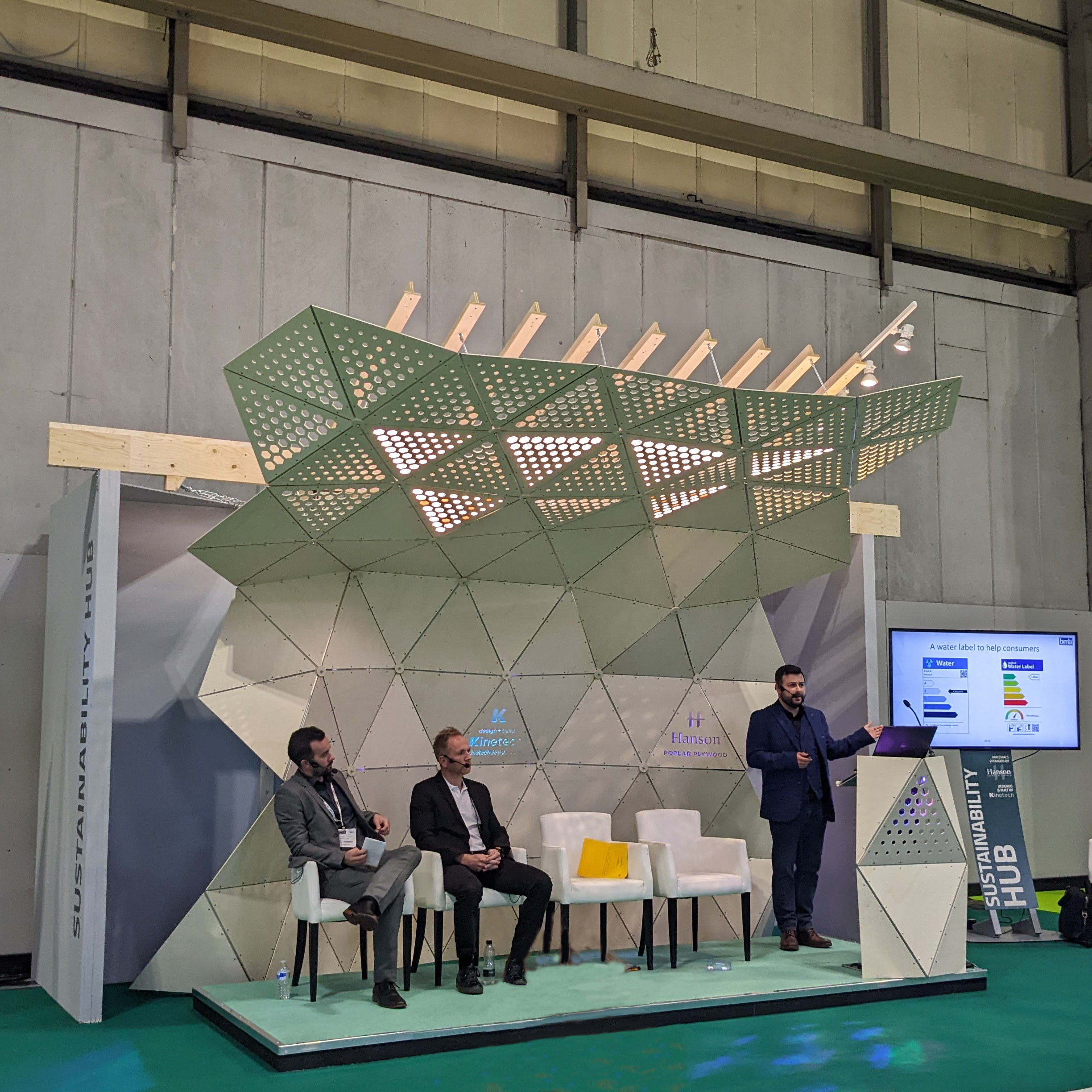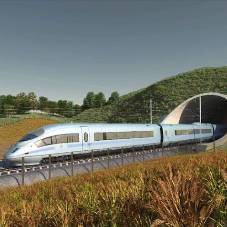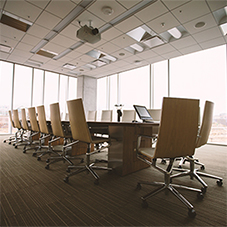It is common knowledge by now that the construction and demolition industries are the largest waste contributors in the UK. Approximately around 120 tonnes a year goes to landfill from the construction sector.
With recycling on the brain the construction industry is getting better. Around 50% of construction waste is now recycled. But what more can the industry do?
Prevention and reuse are the best ways to interrupt the current material flow; from manufacture to landfill. This is easier said than done, but is there a way to “go circular”?
Speaking at UK Construction Week 2016, Katherine Adams, PhD Researcher for BRE and Loughborough University introduced BAMB (Buildings as Material Banks), as a way to ensure and make easy the reuse of materials.
BAMB aims to enable a systemic shift where specially designed buildings can be incorporated into a circular economy. The vision is to transform buildings from to-be waste into banks of valuable material. Thus, slowing down usage rates.
The project is developing tools that will enable this shift, including; Materials Passports and Reversible Building Design.
Materials Passports:
For the effective recover and reuse of materials it is essential to have easily accessible information, just as when specifying reusable products originally.
BAMB’s electronic Materials Passport aims to be a “one stop shop” for material information. Sets of data defining characteristics of materials in products and their recovery and reuse value.
The Materials Passport will, in theory, increase the value of materials over time, create an incentive for suppliers to produce circular materials, make it easier for specifiers to choose sustainable materials and to facilitate reversed logistics and take back of products.
Reversible Building Design:
Currently, the reality is that it is sometimes more expensive to recover and reuse materials then it is to discard them due to the inflexible design of most current buildings. This is what has led to the industries enormous contribution to waste in the UK.
BAMB have come up with a strategy for the reversible building.
Reversible Building Design is the design of buildings to be easily deconstructed, where parts can be removed and added without waste.
BAMB claim that, “Reversible Building Design enables resource efficient repair, re-use and recovery of building materials, products and components since different layers like floors, windows, electric cords, ventilation, inner walls can be accessed without damaging other parts of the building and components can easily be removed or replaced.”
This design will ensure that come the end of its current use a building becomes a bank of valuable materials rather than a big pile of waste product.
The BAMB project started in September 2015 and will progress for 3 years as an innovation action within the EU funded Horizon 2020 program.
The project has a number of case studies underway but only time will tell whether this model is achievable and then whether it can be maintained in mainstream construction.
What are your thoughts on this route to sustainability? Join our discussion on LinkedIn
Related Blog Articles










